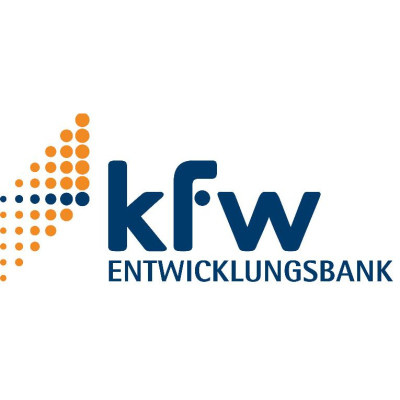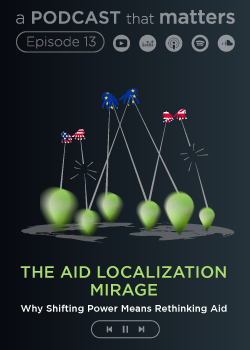Print

Feasibility Study for the Ecoregional Programme III - Shikahogh State Reserve
Details
Locations:Armenia
Start Date:Oct, 2010
End Date:Jun, 2011
Contract value: EUR 160,000
Sectors: Environment & NRM, Research
Categories:Consulting services
Funding Agencies:
Date posted:Aug 17, 2016
Description
Name of client: Ministry of Nature Protection
Detailed description of project:
“Preserving biodiversity” is one of the six cornerstones of the Caucasus Initiative of the German Federal Ministry of Economic Development and Cooperation (BMZ). Through contributions to the economic, social, and political development of the Southern Caucasus, the Initiative fosters democracy, transparency, legal security, and ultimately helps to defuse conflicts and prevent crises in the region. Since 2003, the “Ecoregional Nature Protection Programme for the Southern Caucasus” is implemented in parallel in Georgia, Armenia, and Azerbaijan.
The aim of the Shikahogh project was twofold: Improvement of the socio-economic situation (and, among other things, the income situation) of the mainly rural population, and conservation and sustainable management of the natural resources.
The Feasibility Study provided the basis for investment, governance, management and operation decisions. It analysed strategic options for nature conservation (creation of a Biosphere Reserve according to UNESCO standards, strengthening of existing protected areas, and/or implementation of an open investment fund). It specified the target region within the Syunik Governorate of South Armenia or beyond. It developed concepts for governance and steering, for management and for operations in nature conservation and socioeconomic development. It finally provided an overall cost-benefit and risk analysis.
Type of services provided:
- Analysis of the current situation in nature conservation in Armenia;
- Identification and description of stakeholders; analyses of different roles and areas of responsibility of the various implementation actors;
- Determination of the project’s intervention zone and regional coverage;
- Evaluation of alternatives for the project’s main approach towards a new biosphere reserve, strengthening of existing protected areas and/or an open investment programme;
- Analysis of the legal, regulatory, and administrative frameworks;
- Comprehensive description of the overall project implementation concept;
- Specification of adaptation measures for socio-economic development to improve living conditions, in collaboration with the local population concerned by intensified nature conservation;
- Preparation of selected social or economic projects with ascertained feasibility for immediate implementation (“Quick Start Measures” for confidence building);
- Analysis of expected project impacts (social, ecological, financial, economic as well as structural regarding sector development and programme executing agencies);
- Risks assessment;
- Analysis of national and regional capacities and competences;
- Description of the organisational, administrative, and technical set-up requirements;
- Design of the flow of funds and proposals for financial control mechanisms;
- Proposals for project governance at local, regional and national levels;
- Specification of project costs and funding sources (cost and financing plan);
- Economic analysis of project costs and benefits;
- Co-ordination of the study findings with local, regional and central authorities;
- Final vote concerning the project’s feasibility and definition of necessary preconditions.

